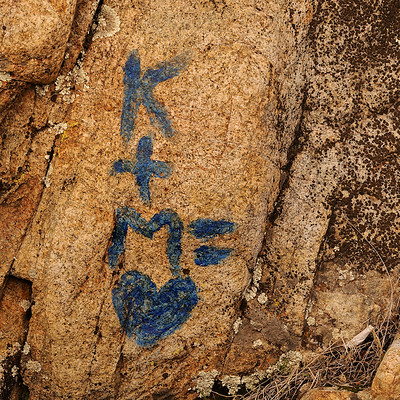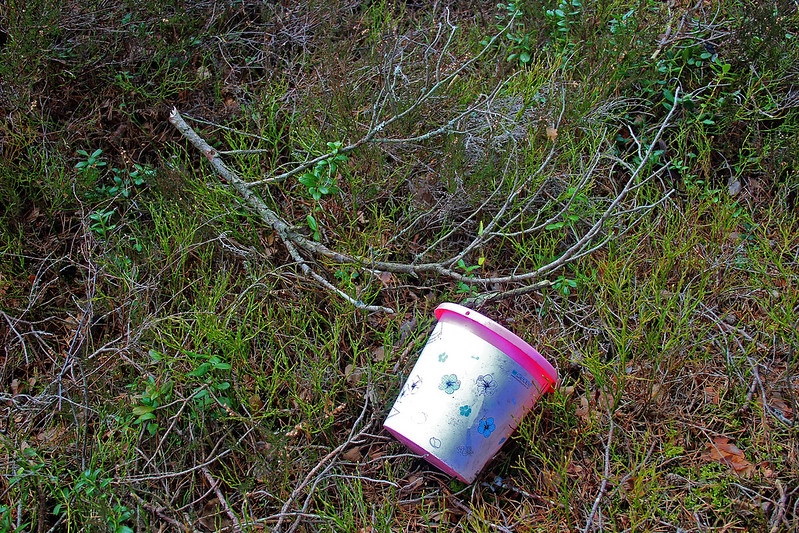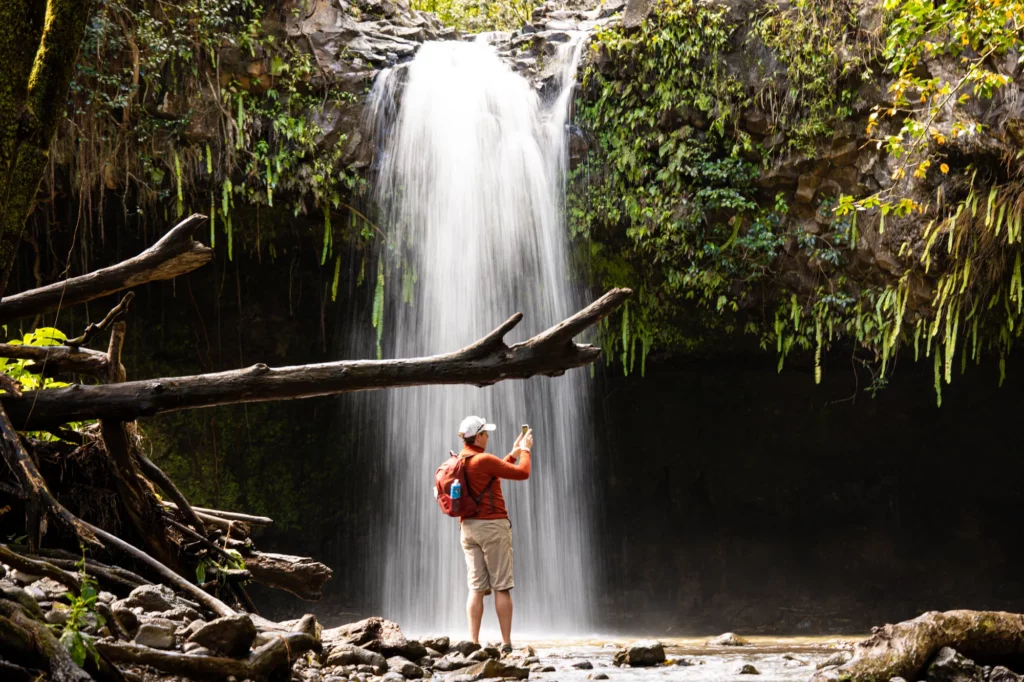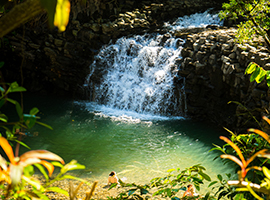Crumpled cigarette butts, initials etched into a boulder or tree stump, remnants of Fido’s breakfast . . . Sound familiar?


Maui's #1 Hiking Company Since 1983
Back to Blog

Crumpled cigarette butts, initials etched into a boulder or tree stump, remnants of Fido’s breakfast . . . Sound familiar?



When you hike with Hike Maui, you’re not just exploring—you’re giving back. As proud members of 1% for the Planet, we dedicate a portion of our revenue to environmental conservation efforts, ensuring Maui’s landscapes remain vibrant and healthy for years to come.